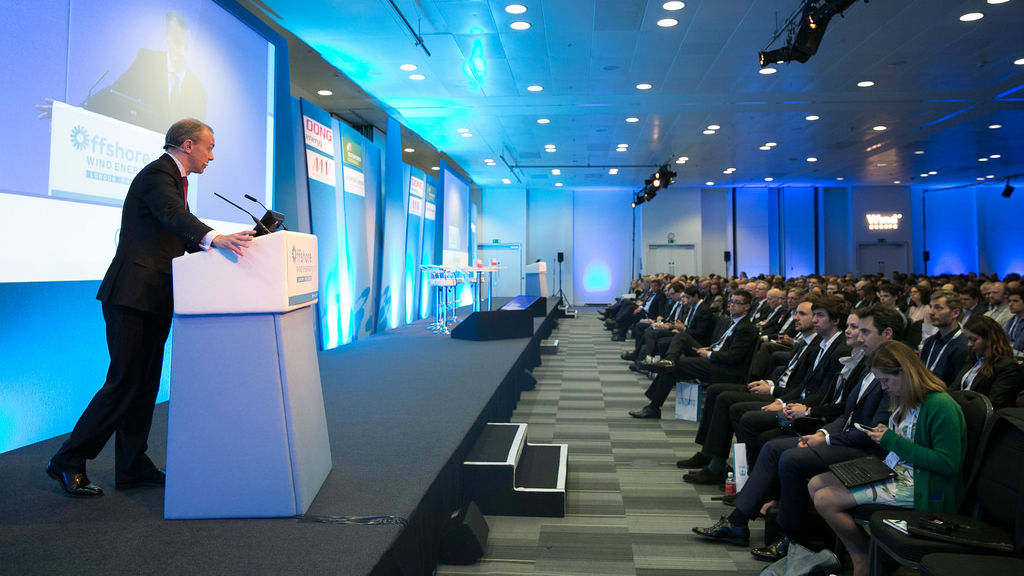E.U. Industry Sets Offshore Wind Targets

The governments of leading offshore wind markets, Germany, Belgium and Denmark joined industry leaders in signing a joint statement on boosting offshore wind development in Europe.
The statement, setting targets for 2030, was signed at the opening of Offshore Wind Energy 2017, the industry event co-organised by WindEurope and RenewableUK in London.
The industry has been on a steep cost reduction curve and has met its self-imposed target of €100/MWh by 2020 ahead of time. Winning bids of auctions in the Netherlands, Germany and Denmark delivered up to 48 percent cost reduction compared to projects just two years ago.
Delivering further cost reductions will require the deployment of significant volumes of new offshore wind. But most governments in Europe have still to define clear plans for how much new offshore they intend to deploy, notably beyond 2023. The industry therefore called on European governments to collectively ensure there is 60GW, or at least 4GW per year of new deployment in the decade after 2020. Going beyond 4GW per year would enable the industry to become fully competitive with new conventional generation ahead of 2030.
To deliver on these volumes, government and industry signatories committed to build on public-private cooperation to facilitate investments in projects and associated infrastructure. Crucially, they called on the European Commission to dedicate funding for strategic joint projects for offshore wind energy.
According to WindEurope, offshore wind is expected to produce seven to 11 percent of the E.U.’s electricity demand by 2030. 60GW, which the industry intends to deploy between 2020 and 2030, represents only a fraction of the potential of offshore wind energy in Europe. According to a new resource assessment by BVG Associates, offshore wind could in theory generate between 2,600 TWh and 6,000 TWh per year at a competitive cost - €65/MWh or below, including grid connection and using the technologies that will have developed by 2030. This resource potential would represent between 80 and 180 percent of the E.U.’s total electricity demand.
This joint agreement aims to uphold the spirit of the Paris Climate Agreement.
Jens Tommerup, CEO of MHI Vestas Offshore Wind, said: “Quite simply, the future vitality of offshore wind depends on clear and consistent volumes in the market. Visible and reliable deployment targets will unleash investments and competition in the market. And they will drive technological breakthroughs and the continued globalization of the industry.”
The joint statement is available here.
The resource assessment by BVG Associates is available here.
